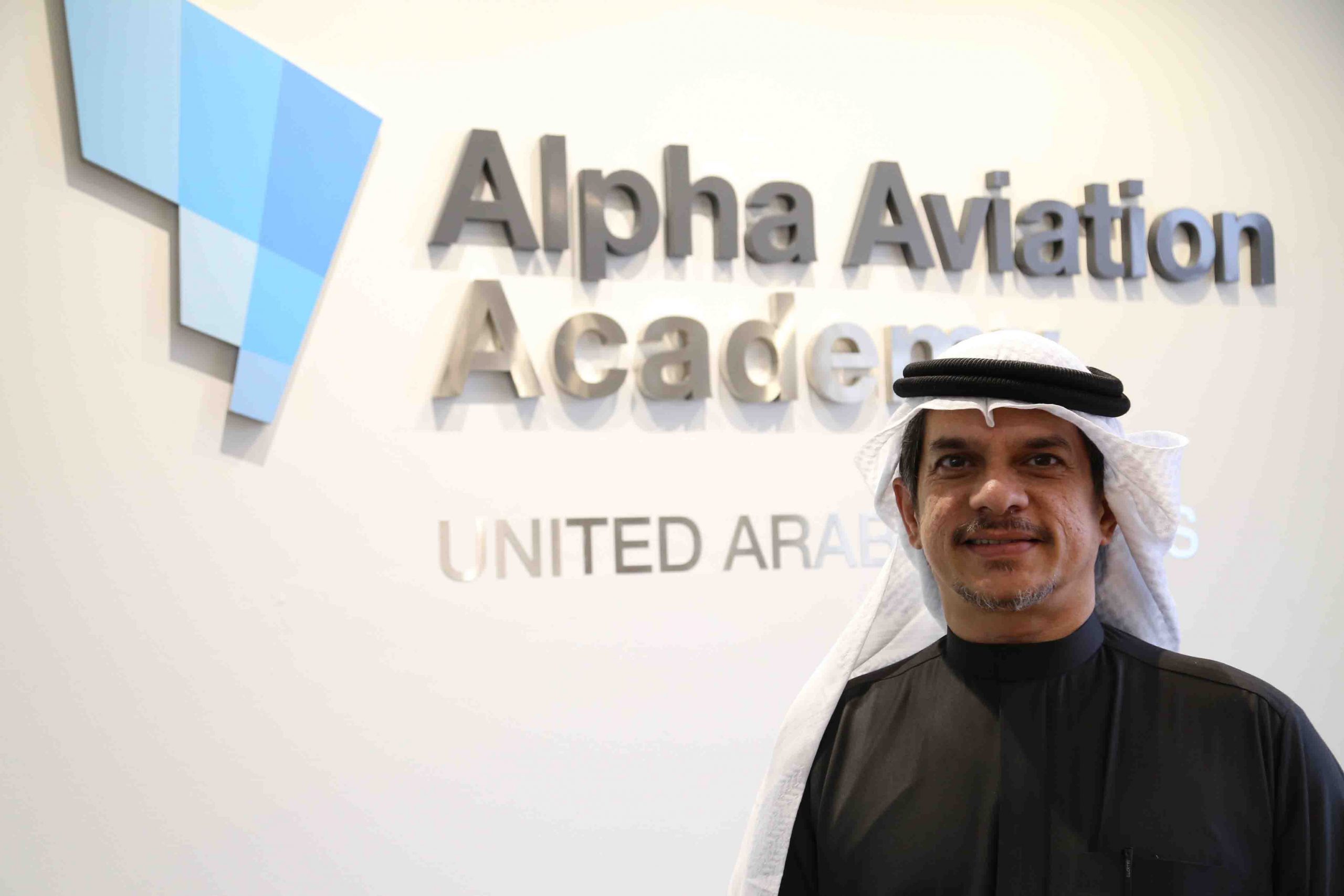Captain Nadhem is the General Manager of Alpha Aviation UAE
2020 has provided challenges to all industries, but few have been as directly hit as air travel by the Covid-19 pandemic. Across the world, entire fleets have been grounded as international airports closed and travel bans were introduced worldwide.
Unfortunately, the challenges faced by airlines do not stop there. Airline economics dictate that planes be used as much as possible. For larger planes, this means keeping them in the air as close to 24/7 as is possible. For this reason, there simply aren’t enough dedicated storage facilities at global hub airports. At Frankfurt Airport for example, the tarmac on the 4th runway is now the home of many of the airport’s planes. It can also often take as long as 30 days to return a commercial jet to circulation after it has been mothballed.
As a result, many planes that are still in circulation have been transferred to the Indian sub-continent where air travel hasn’t been as badly disrupted. It will take some time for them to be rehomed to their previous routes if flight paths do reopen. In 2021, the aviation industry will also need to adapt and re-assess both its fleet sizes and operational strategies in order to re-build in the wake of this global crisis.
Pilots account for a key proportion of overhead costs and airlines will be constantly rethinking their pilot training strategy, which is likely to include a need to outsource and decentralise to maximise efficiency. At the same time, trained pilots will require training updates and renewals to their licenses, even as fleets are grounded.
Flight simulators have therefore assumed a crucial role in 2020. Usually developed to keep experienced crews sharp by creating challenging scenarios in safe environment for them to overcome, they have now become important across the industry for several reasons. Flying, like any other skill, requires constant practice to maintain the highest level of competency. That’s why airlines have recency rules that require pilots to perform a specified number of take-offs, landings and approaches within a certain period of time.
Advancements in simulator technology continue to bridge the gap between theory and reality. At Alpha Aviation we’ve recently invested in the new Alsim-AL172 flight simulator that features a Cessna 172 cockpit, with two seats and a flight deck. As pilots still need to clock up over 1,500 flying hours to receive their ATP certificate, advanced simulators like these will also be effective in providing pilot training without the operational costs of a real flight.
This year also highlighted the need for regulators to make changes to the training process. For example, there will need to be more reliance on e-learning in the initial cadet training and the acceptance of integrated technology in simulator training will also be important. Further adoption of Artificial Intelligence (AI) can also offer a vital competitive advantage.
AI technologies have already been widely adopted across the aviation industry. From facial recognition at airport passport security to baggage check-in and remote aircraft monitoring. For years these innovations have been streamlining processes, both for operators and customers. However, AI has a much greater potential beyond these practical applications.
Among other benefits, AI and machine learning algorithms excel at recognising patterns and are extremely efficient at collating data from the process of training cadets. As most flight simulators are already equipped with sensors that generate considerable amounts of data, this resource can now be used to assess pilot competency from the onset of training.
Powerful AI and machine learning systems can analyse hundreds of flight parameters and sort through thousands of hours of simulator data to produce findings that a human coach wouldn’t have been able to determine. For example, AI programmes can evaluate a pilot’s ability as they execute key manoeuvres and create a comprehensive assessment of a cadet’s strengths and weaknesses based on real-time data.
The data collected from these training sessions can also be analysed by AI programmes to evaluate how the cadets fly certain training routes, for example, considering their angle of descent and acceleration periods. From this, airlines can gather enough data to build a picture of each pilot’s unique flying style and determine the optimum routes for them to fly.
A crucial part of this assessment centres around the rate each pilot burns fuel. Real-time decisions about the throttle settings during take-off and the climb can have a significant impact on the amount of fuel burned during a flight. With airlines spending around 33 percent of their operational costs on fuel, reducing the rate that fuel is burned can have a considerable effect on the finances of an airline and its carbon footprint.
Airlines already use AI systems to collect flight data regarding route distance, altitudes, and aircraft weight to determine the amount of fuel needed for a flight. However, now the data collected from simulators can also be used to pair pilots to specific routes, based on optimum fuel usage. This will result in cost savings for the airline by optimising the potential of their pilot crew to reduce excess overheads.
As we continue to work directly with regulators and the airlines to further expand the use of technology and AI in the industry, our ability to continue to adapt and innovate in this crisis will hopefully mean clearer skies ahead.


